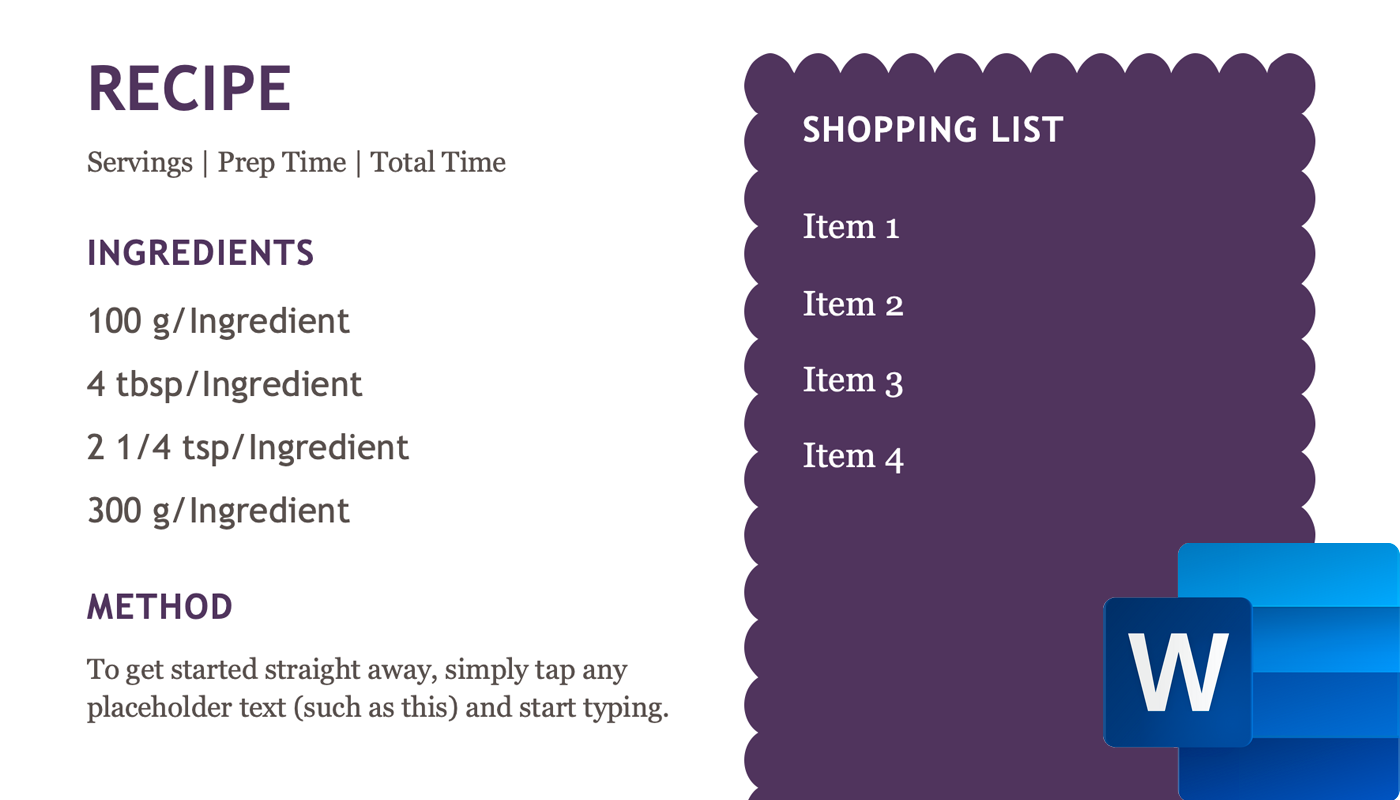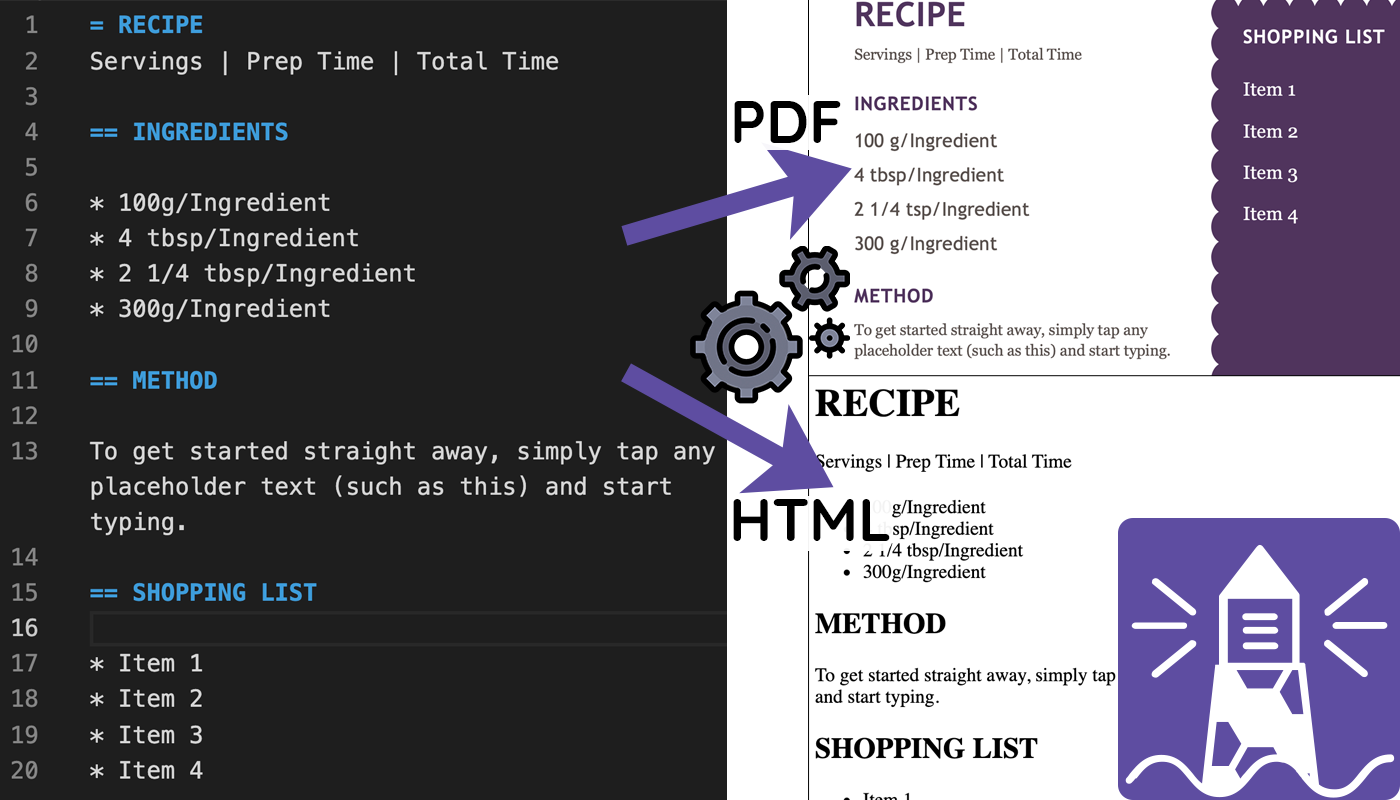Is what you see what you get?
tag::tutorial[] Word is probably your go-to application for casual writing, such as letters, invitations - and with good reason, because Word has many benefits, such as:
-
Creating Documents quickly
-
An intuitive interface
-
Printer prints exactly what you see on your screen = What you see is what you get (WYSIWYG)

However, have you ever written a longer text, with many references, like a scientific text? Then you might have experienced some pain with Word: It tends to mess up the formatting, even if you use templates. Reference management in Word is also no fun, but the worst: Word tends to crash for very long documents, like standards.
Because of these issues, another approach to creating documents is popular: "What you see is what you mean" (WYSIWYM). This concept differs from WYSIWYG because you separate the content and the layout into separate files. To tell the compiler how the text should look or behave, you use markup language. You may have heard about Markdown or LaTeX, which are popular markup languages, but Metanorma uses AsciiDoc.
The benefit is that you can publish different outputs from one source, for example into PDF or HTML. Since the layout is stored in a separate file, each output can even be styled differently.

end::tutorial[]